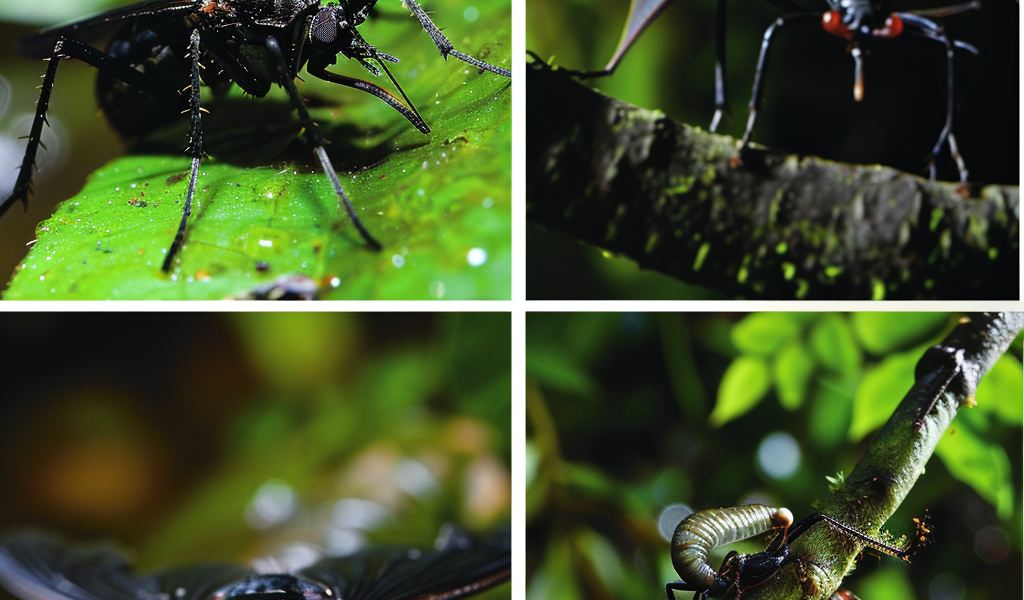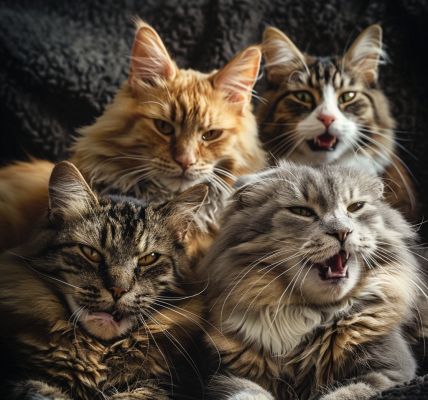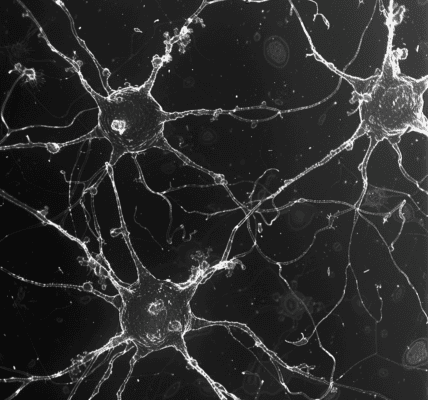As Halloween approaches, many find themselves captivated by tales of vampires and the supernatural. However, lurking in the natural world are real-life blood feeders that showcase the incredible diversity of life and the fascinating adaptations that have evolved among species. While some of these organisms can transmit diseases, they each play a unique role in the ecosystem, demonstrating the principles of natural selection in action.
Among the most notorious blood feeders are mosquitoes, particularly the females, which are the only ones to consume blood. According to Dawn Gouge, a medical entomology professor at the University of Arizona Cooperative Extension, female mosquitoes rely on the protein found in blood to develop their eggs. Attracted by the chemical scents emitted by humans and the carbon dioxide exhaled, mosquitoes expertly locate their hosts. Their saliva contains anticoagulants and anesthetic compounds, allowing them to feed without the host immediately noticing the bite. “If you think about blood in itself, it’s an incredible protein-rich substance,” Gouge explains, highlighting the evolutionary advantage that blood-feeding provides for these insects.
Another well-known blood feeder is the bed bug, a small, oval-shaped insect that primarily feeds at night. These resilient creatures can survive for months without a meal, thanks to their remarkable metabolic adaptations. Bed bugs utilize an elongated beak to pierce the skin and withdraw blood, often leaving behind characteristic bite patterns on their hosts. Their ability to hide in tiny crevices and reproduce quickly has made them particularly successful in urban environments, where they can easily find hosts.
Ticks, often mistaken for insects, are actually arachnids with segmented bodies divided into two parts. They pose a significant risk to humans, as they can transmit Lyme disease through their bites. Lyme disease is caused by the Borrelia bacteria, and if left untreated, it can lead to a range of symptoms including fever, rash, facial paralysis, irregular heartbeat, and arthritis. Kathleen Walker, an associate professor in the Department of Entomology at the College of Agriculture, Life and Environmental Sciences, describes the tick’s mouthparts as resembling a harpoon that slowly penetrates the skin. Ticks release various chemicals that minimize pain, allowing them to feed without the host feeling discomfort. Unlike mosquitoes, which bite and leave, ticks attach themselves, feed, and can transmit diseases through their saliva.
The presence of ticks can often go unnoticed until a person feels a foreign object on their skin, as the bites are typically painless. For those who are concerned about ticks, it is crucial to take preventive measures when spending time outdoors, especially in wooded or grassy areas.
Another fascinating example of blood-feeding is found in leeches. These segmented worms are often associated with damp environments, such as ponds and marshes. Leeches attach to their hosts using suckers at both ends of their bodies, allowing them to feed on blood for extended periods. Their saliva contains anticoagulants that prevent blood from clotting, enabling them to consume large quantities of blood without interruption. While leeches may seem unappealing, they play an important role in their ecosystems, helping to control populations of other organisms.
Vampire bats are perhaps the most iconic blood feeders in the animal kingdom. Native to Central and South America, these bats have evolved to feed exclusively on the blood of other animals, including livestock. Vampire bats possess heat sensors on their noses that help them locate blood vessels near the surface of their prey’s skin. They make a small incision with their sharp teeth and lap up the blood with their tongues. Interestingly, vampire bats have developed social behaviors, often sharing their food with others in their colony, which helps ensure the survival of their group.
While the thought of blood-feeding creatures may evoke fear, it is essential to recognize their ecological significance. These organisms have evolved remarkable adaptations that allow them to thrive in various environments. Understanding their biology and behavior can help mitigate the risks associated with their bites and promote coexistence in our shared ecosystems.
In summary, as Halloween brings to mind images of vampires and other creatures of the night, it is a reminder of the real blood-feeding specialists that inhabit our world. From mosquitoes and bed bugs to ticks and leeches, these organisms are not just fascinating; they are vital components of the ecosystems in which they reside. Their unique adaptations and roles in nature highlight the complexity of life and the ongoing processes of evolution that shape our planet.





